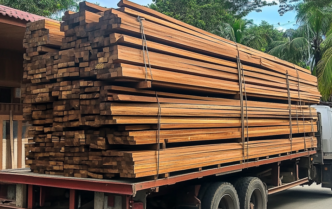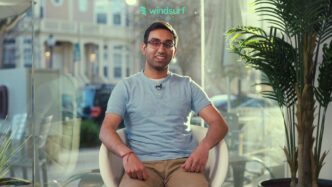Federal safety regulators are pressing Tesla for answers about its upcoming robotaxi service, raising concerns about how the company’s Full Self-Driving (Supervised) software performs in poor visibility. The inquiry comes from the National Highway Traffic Safety Administration (NHTSA), which sent Tesla a formal request for more details as part of an ongoing Tesla robotaxi investigation.
The request focuses on Tesla’s widely publicized plan to launch a paid ride-hailing robotaxi service in Austin, Texas, this June, using its own fleet. The agency is particularly interested in how Tesla evaluates the safety of its automation technologies for public road use, especially in conditions involving fog, rain, snow, glare, and dust—environments where human drivers often struggle and where automated systems have shown weaknesses.
Tesla’s April 23 post on X, which touted early testing of its supervised ride-hailing service in Austin and San Francisco, caught regulators’ attention. The company claimed to have completed over 1,500 trips and 15,000 miles with a limited group of employees, using the opportunity to develop the FSD app interface, trip coordination tools, and remote assistance protocols.
But the NHTSA wants to know more—especially since it opened a probe into FSD Supervised back in October after four reported crashes during low-visibility driving.
NHTSA Probes the Link Between FSD and Robotaxi Plans
Tesla’s Full Self-Driving (Supervised) system still requires drivers to keep their hands on the wheel, even though it can handle certain steering, braking, and acceleration functions. However, CEO Elon Musk has suggested that Tesla’s future robotaxis will operate with a more advanced, “unsupervised” version of the FSD software that hasn’t been released yet.
The NHTSA is now trying to determine how closely this unreleased system resembles FSD Supervised and what safety measures are in place for the upcoming robotaxi launch. Their letter includes specific questions about the vehicle models being deployed, the size of the fleet, and the evaluation methods Tesla is using to ensure the technology’s reliability in real-world driving conditions.
Regulators are especially focused on how Tesla plans to guarantee the safety of robotaxi operations in adverse weather, including how the vehicle’s sensors and AI handle visual disruptions caused by environmental factors.
Tesla has not publicly responded to the inquiry as of this writing. But with the robotaxi service set to debut in just a few weeks, federal scrutiny is intensifying—and the company will need to provide clear answers to move forward.













